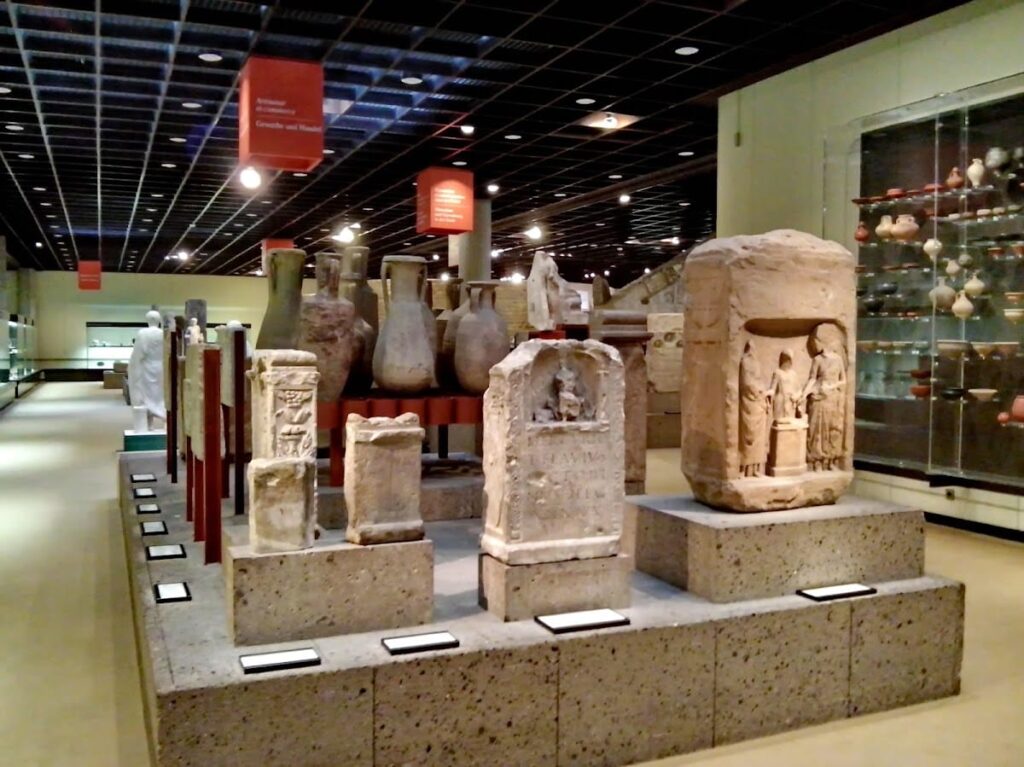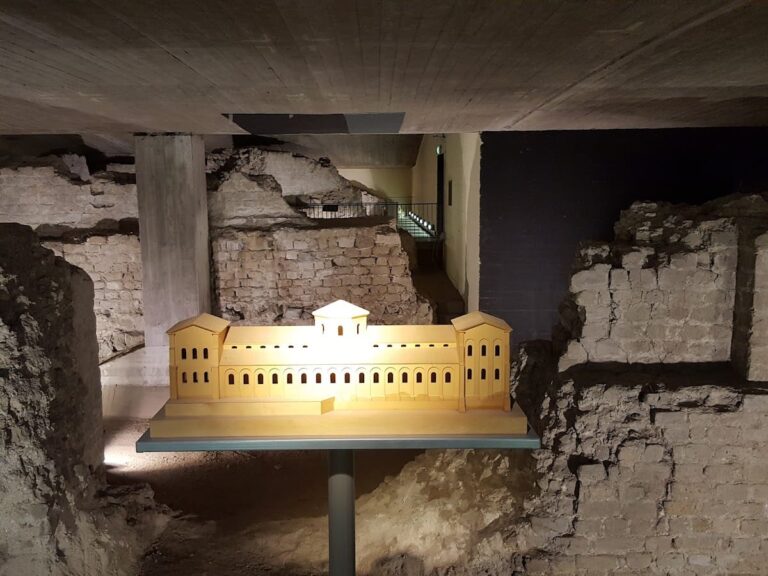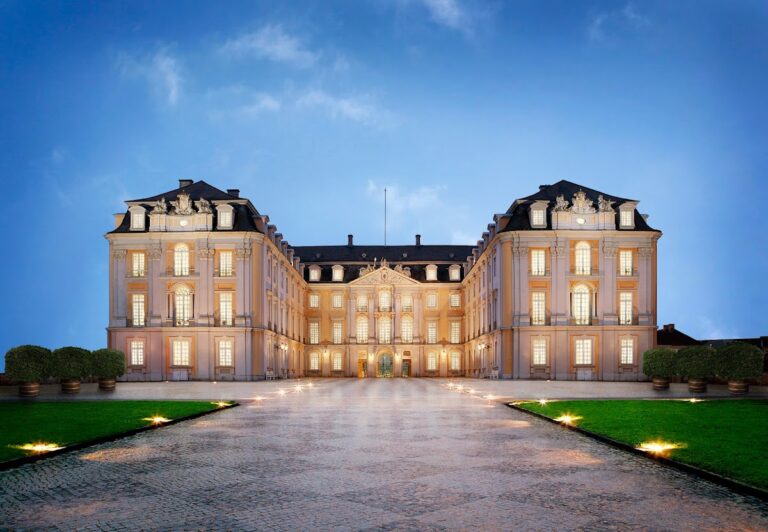Roman Germanic Museum Cologne: Preserving the City’s Ancient Heritage
Visitor Information
Google Rating: 4.4
Popularity: Very Low
Google Maps: View on Google Maps
Official Website: roemisch-germanisches-museum.de
Country: Germany
Civilization: Roman
Remains: Museum
Overview
The Roman Germanic Museum in Cologne is located near Roncalliplatz in the heart of the city, an area originally developed by the Romans. The city, known as Colonia Claudia Ara Agrippinensium, was founded under Emperor Augustus in the 1st century AD. This foundation marked the beginning of nearly five centuries of Roman urban growth and development in the region. The museum’s collections reflect this long period, highlighting Cologne’s transformation from a Roman provincial town into a significant urban center.
The museum displays a wide range of archaeological finds from prehistoric times through the early Middle Ages. The exhibits include architectural elements such as mosaics and wall paintings recovered from Roman urban houses, providing insight into the city’s ancient domestic environments. For example, the “Göttervase” is a 27-centimeter tall ceramic vessel made in a Roman pottery workshop. This well-preserved vessel was restored from fragments found in 1909 at Troisdorf Fliegenberg, a Germanic burial site near Cologne. It is displayed in the museum.
At Roncalliplatz, adjacent to the museum, two significant Roman monuments remain in their original locations. The 3rd-century Dionysus mosaic, a detailed floor decoration, and the 15-meter-high tomb monument of Lucius Poblicius, a 1st-century legion veteran, are visible through a large glass window. These in situ remains offer a direct connection to Cologne’s Roman past.
The Hohe Straße, Cologne’s oldest street, follows the route of the Roman Cardo Maximus, a main north-south street in Roman cities. Originally a Neolithic path, it was paved with large trachyte stone slabs by the end of the 1st century AD. Beneath the street lies a sophisticated drainage system, demonstrating advanced Roman urban engineering.
In the 4th century AD, damaged paving stones on Hohe Straße were replaced with recycled materials, including fragments of grave monuments and statues. Among these is the upper torso of a white marble Venus statue, about 35 centimeters high, found embedded upside down in the street pavement. Wear marks on the statue’s back indicate it bore heavy foot traffic, showing how the city reused materials during periods of change.










